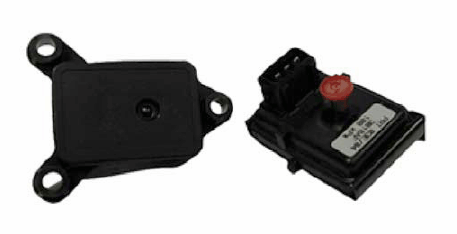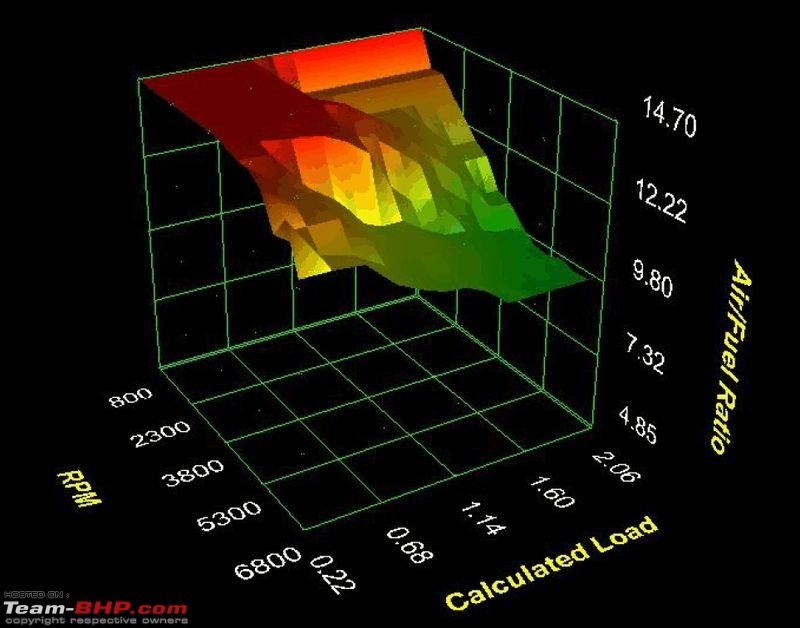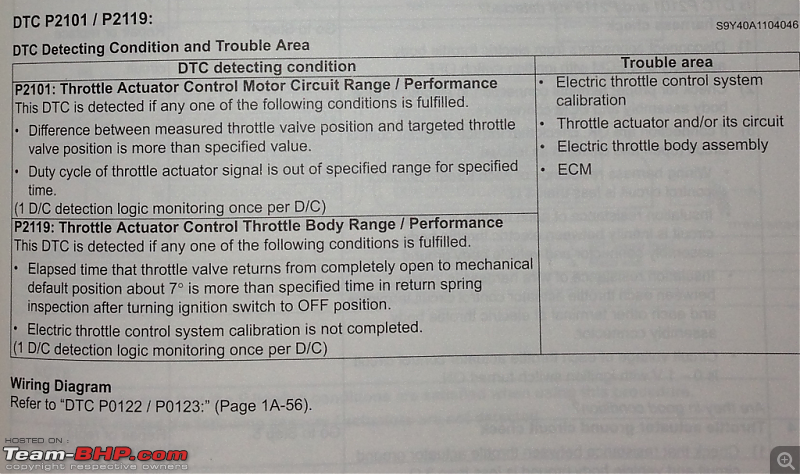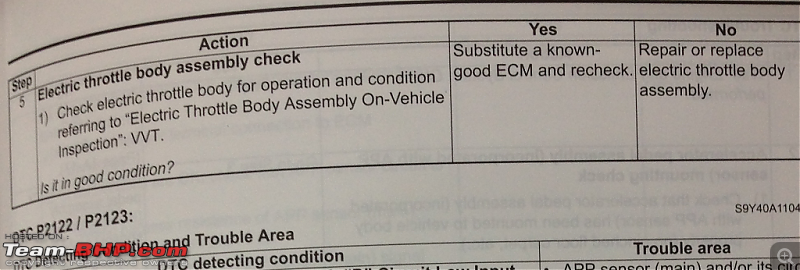| |||||||
 |
| Search this Thread |  50,525 views |
| | #31 |
| Senior - BHPian | |
| |
| |
| | #32 |
| Senior - BHPian | |
| |
| | #33 |
| Senior - BHPian Join Date: Jun 2008 Location: Coimbatore
Posts: 2,604
Thanked: 6,165 Times
| |
| |
| | #34 |
| Team-BHP Support  Join Date: Feb 2004 Location: Bombay
Posts: 24,188
Thanked: 36,126 Times
| |
| |
| | #35 |
| Senior - BHPian | |
| |
| | #36 |
| BHPian Join Date: Sep 2008 Location: NOIDA / Gurgaon
Posts: 277
Thanked: 15 Times
| |
| |
| | #37 |
| Senior - BHPian | |
| |
| | #38 |
| Senior - BHPian Join Date: Mar 2007 Location: Bangalore
Posts: 8,027
Thanked: 2,920 Times
| |
| |  (1)
Thanks (1)
Thanks
|
| | #39 |
| Senior - BHPian | |
| |
| | #40 |
| BHPian Join Date: Feb 2010 Location: Bangalore
Posts: 259
Thanked: 146 Times
| |
| |
| | #41 |
| BHPian Join Date: Feb 2010 Location: Bangalore
Posts: 259
Thanked: 146 Times
| |
| |
| |
| | #42 |
| BHPian | |
| |  (3)
Thanks (3)
Thanks
|
| | #43 |
| BHPian Join Date: Feb 2010 Location: Bangalore
Posts: 259
Thanked: 146 Times
| |
| |
| | #44 |
| BHPian | |
| |
| | #45 |
| BANNED Join Date: Jul 2009 Location: roaming
Posts: 134
Thanked: 20 Times
| |
| |
 |
Most Viewed












